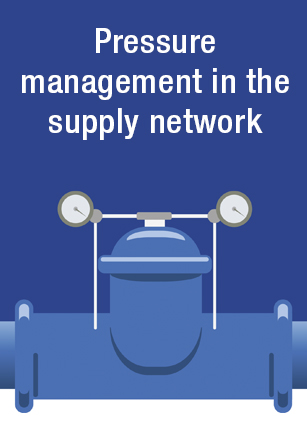Pressure management in the supply network
Would you like to learn about pressure loss in the water supply pipeline and how pressure management can prevent leakage and reduce water loss?
We have collected information on pressure management and made it available for download. You can get your copy right here!
Pressure management in the supply network
